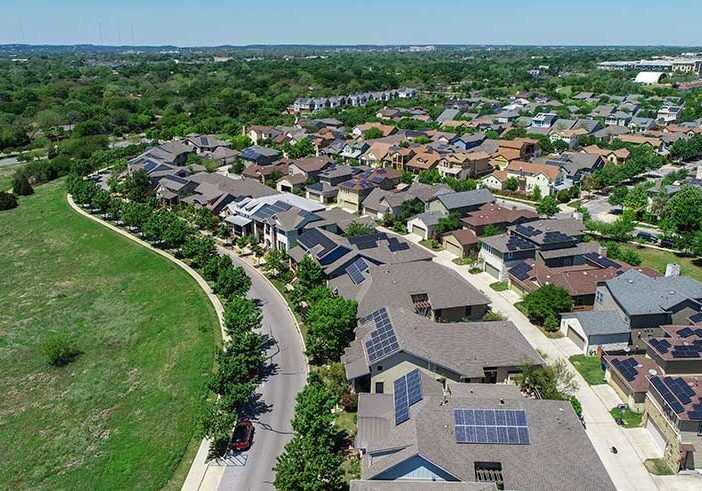The Australian Energy Regulator has called on electricity networks to factor in the many and varied benefits of rooftop solar to the grid as they weigh up the costs of updating the grid for a distributed energy future.
As part of its Draft distributed energy resources (DER) integration expenditure guidance note – which is seeking feedback from stakeholders ahead of a final document – the AER details a range of benefits distributed solar and storage, and soon electric vehicles, can and will deliver to the broader grid.
The draft note comes as network companies grapple with the constraints of a grid that was not designed for the two-way flow of power and weigh up solutions, their potential cost and how much of that cost they can pass on to consumers.
“As DER penetration levels increase and customer expectations with respect to DER use evolve, network businesses have proposed to invest in projects aimed at increasing hosting capacity and supporting a broadening range of DER services,” a lengthy explanatory statement accompanying the AER draft document says.
“A number of distribution network service providers (DNSPs) have prepared business cases to justify DER projects on an economic basis. This justification requires quantifying DER benefits, not just to the network in question, but to the broader electricity system, including the impact DER can have on the wholesale electricity market.”
In terms of the wholesale market, the AER notes that the consumer-driven uptake of DER, to date largely rooftop solar, has helped to reduce the overall cost of supply faced by all consumers, taking power prices down to levels not seen in years. But this is by no means where the benefits – and value – of DER ends.
The AER lists four quantifiable benefits that DER delivers to the grid, and that should be factored into investment projections, including avoided/deferred transmission augmentation, avoided asset replacement and asset derating, avoided transmission and distribution line losses, and improved reliability.
